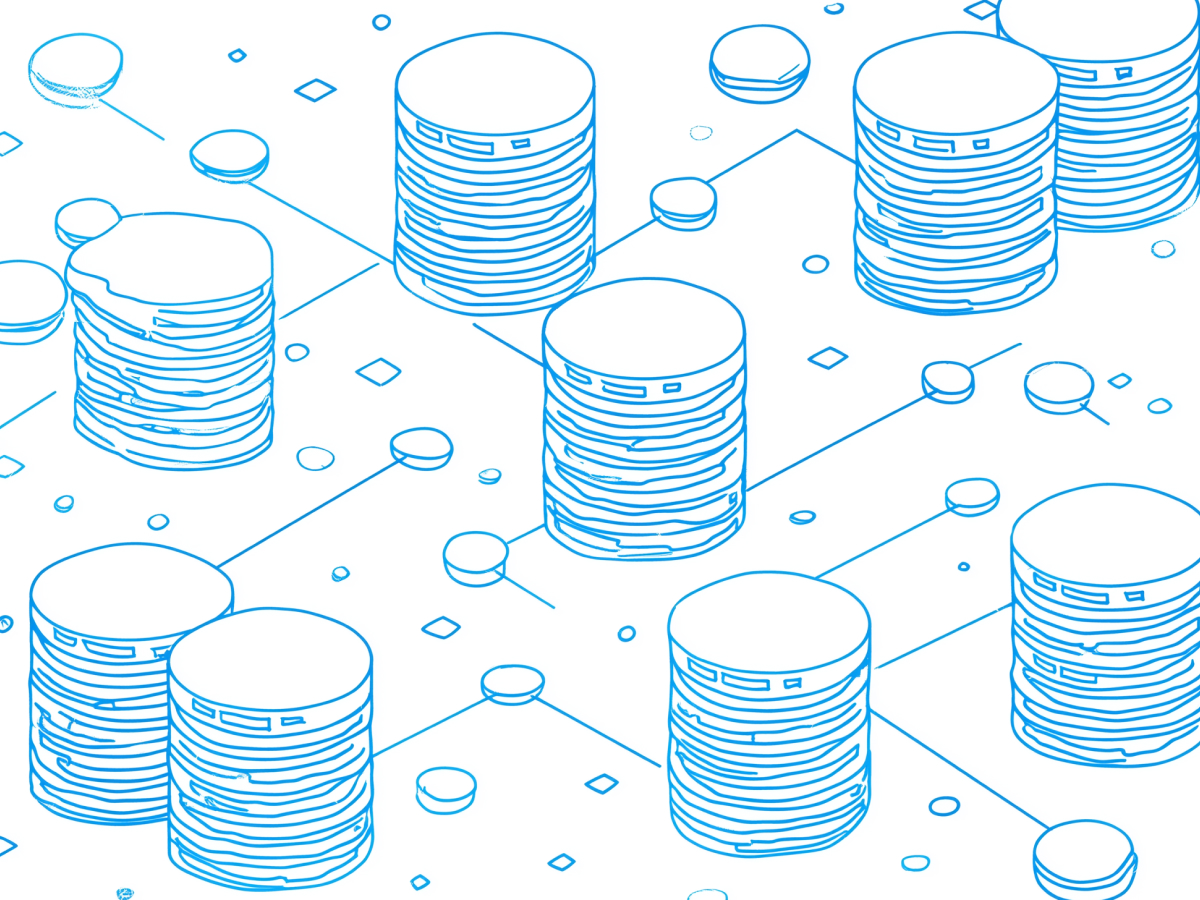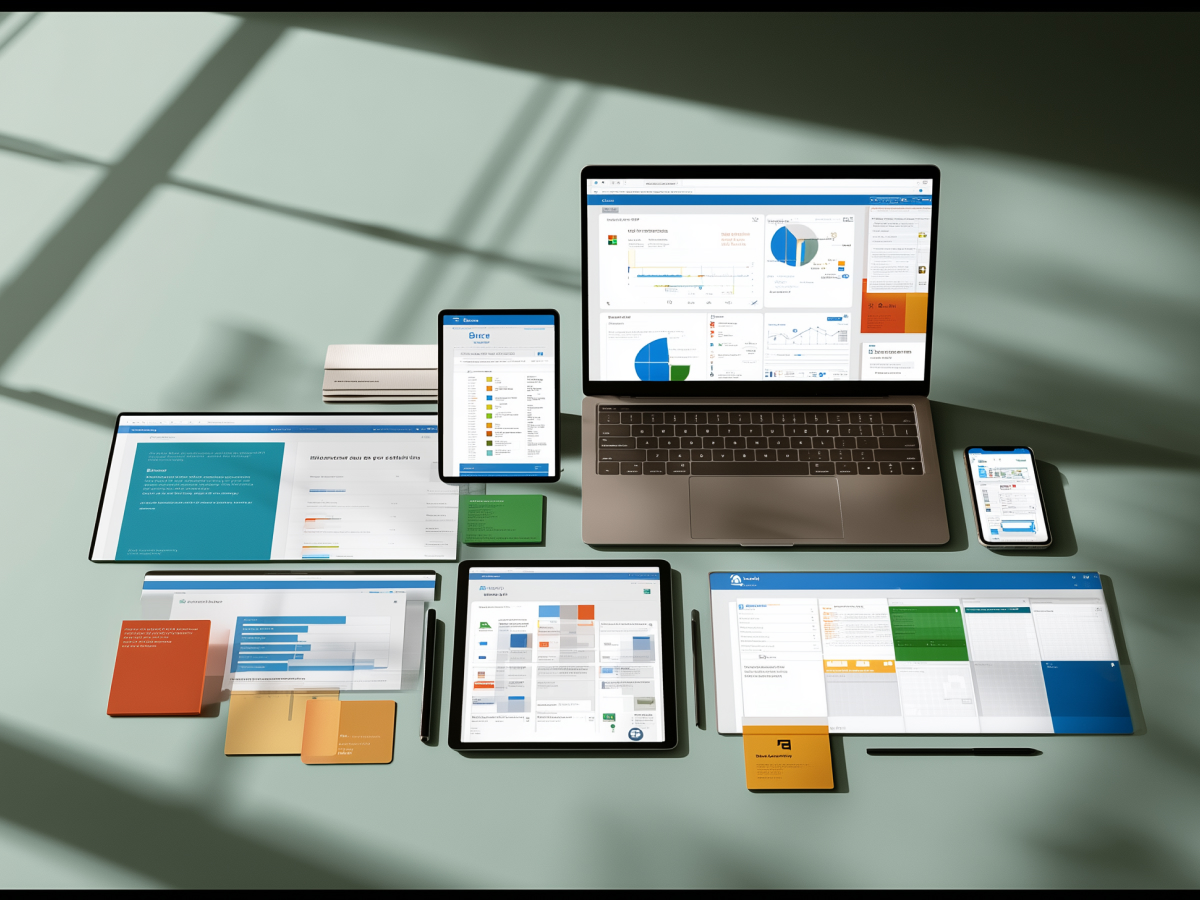AI introduces novel cloud attack vectors that traditional defenses don’t adequately address
We’re past the point where artificial intelligence can be treated like traditional software. The security challenges it brings are fundamentally different, and growing fast. Systems that rely on language models and autonomous decision-making are opening new types of vulnerabilities that cloud providers and enterprise teams didn’t plan for. These aren’t theoretical. They’re active, in-the-wild attack techniques, and they exploit the very strengths that make AI valuable: its responsiveness, adaptability, and continuous learning.
Generative AI, in particular, makes the threat surface less predictable. We’re seeing attacks using what’s called “prompt injection”—where attackers manipulate text inputs to AI systems in a way that forces the system to take harmful or unintended actions. In the past, security was mostly about blocking external access or minimizing known configuration errors. Now, it’s about defending systems from being tricked by language or patterns hidden in queries, concepts that weren’t part of most companies’ threat models five years ago.
Adversaries are also extracting entire AI models or poisoning training data to degrade system behavior while staying below detection thresholds. That means even well-secured cloud platforms are vulnerable if the AI systems running on them don’t behave as expected. Language-based manipulation and toxic data injection don’t need credential theft to wreak damage. If your systems rely on AI but use legacy security playbooks, you’re running blind in many areas.
What matters now is that leaders understand the shape of current threats, not yesterday’s. The engineered behavior of modern AI introduces complex attack vectors that sidestep conventional defenses. Rewriting the rules isn’t optional, it’s already happening.
Most enterprises are unprepared to handle AI-specific security threats in the cloud
Let’s be honest, most risk frameworks in place today aren’t made for AI. Ask around, and you’ll find that the average enterprise has strong documentation for cloud assets and solid compliance processes. But when it comes to AI, these foundations fall short. The issue isn’t a lack of effort, it’s a lack of alignment between how AI works and how current security teams think.
AI doesn’t live by traditional software rules. It learns, adapts, and in some cases, even acts without direct input. So security strategies built around APIs, user access levels, and encryption checklists don’t catch the threats AI brings to the table. We’re dealing with fast-moving systems, often trained on massive, unstructured data sets, and deployed at scale, sometimes without full oversight. That’s a serious gap.
The AI Risk Atlas makes this clear: enterprises are behind. Many don’t have the frameworks needed to evaluate AI-specific vulnerabilities like adversarial prompts, unsanctioned model behaviors, or silent data leaks from overexposed training sets. Worse, when companies adopt generative AI or autonomous systems without defined monitoring and governance plans, they open doors they can’t close. In that environment, even small missteps, like unclear model ownership or insufficient documentation, can lead to major incidents.
In short, speed is outpacing understanding. And in boardrooms and development teams alike, outdated security assumptions are the bottleneck. Decision-makers need to drive adoption of AI-specific risk monitoring programs, and fast. Otherwise, the threat won’t wait for your next audit cycle, it’ll find the weakness before you do.
Traditional, passive risk management practices are insufficient in addressing the dynamic nature of AI-related threats
The pace of AI evolution doesn’t match the risk strategies most enterprises still rely on. Audits once a year. Compliance checklists tied to static policies. Periodic security reviews. None of that works when your systems are driven by models updating themselves, reacting to new inputs, and making decisions based on probabilistic reasoning. AI risk isn’t passive, and it can’t be managed through check-the-box routines.
What we’re seeing instead is a growing security debt. Problems stack up while the AI continues to operate and expand across infrastructure. Threats don’t always look like clear breaches. They show up subtly, leaked training data through chat prompts, systems behaving differently under indirect input, outcomes being skewed without detection. And when something goes wrong, most organizations are left reconstructing how and why it happened, because they weren’t watching closely enough in real time.
The AI Risk Atlas points out that existing governance systems fail to track these shifts. Generative AI, which creates content or decisions based on vast training datasets, often gets deployed without continuous oversight. Prompt injections, for example, usually don’t get flagged by conventional tooling. Over-reliance on automated systems, especially ones with unclear visibility into how decisions are made, creates long-term exposure that isn’t being actively measured. These gaps are now common across industries using cloud-based AI models.
To deal with this, security needs to move toward ongoing validation. That means monitoring model behavior continuously, testing systems under adversarial conditions regularly, and defining escalation processes that don’t wait for an annual report. Risk is now real-time. Leadership has to push visibility and accountability into every layer of AI operations, or the system will keep running in ways that no one fully understands, until it fails.
A new model for AI risk assessment is necessary, one that is proactive, structured, and integrated across teams
There’s a better way forward, but it filters out anyone still clinging to outdated playbooks. The AI Risk Atlas lays it out directly: organizations need a modern framework that matches the scale and complexity of AI systems. That means categorizing risk correctly, assigning ownership clearly, and monitoring models and inputs in a way that’s both technical and accountable.
Start by mapping your AI assets against specific risk types, adversarial attacks, prompt injection, unverified outputs, missing documentation. You can’t manage risk until you know where it lives. Then bring in automation, yes, but make sure it’s paired with human oversight and responsibility. Tools like those in the Atlas Nexus open-source platform help automate detection and response, but none of it works without clear governance and real follow-through.
What’s also essential is breaking silos. A single team can’t manage AI risk alone. Engineers need to coordinate with legal, product, and executive teams. Risk officers should have direct access to the modeling decisions and training data lineage, not just simplified audit summaries. That kind of integration drives alignment and ensures that decisions made about AI functionality reflect broader organizational priorities, including things like liability, ethical use, and brand reputation.
The metrics should change too. Track how models behave in edge cases, how often red teams uncover vulnerabilities, how complete your documentation is. Use those to guide improvement, not just raw uptime or output volume. The point is to iterate. Not to freeze progress, but to advance with focus. This approach treats AI as the powerful force it is, it can deliver exponential value, but it demands exponential awareness in return.
Responsible AI risk management is urgent as agentic AI becomes increasingly prevalent in cloud systems
We’re entering a phase where AI is no longer passive. Systems aren’t just responding to inputs, they’re initiating actions, running tasks without human prompts, and connecting directly to cloud infrastructure through APIs. This class of AI, commonly referred to as agentic AI, is capable of orchestrating complex workflows at speed and scale. The upside is huge. But the security implications are escalating just as fast.
The AI Risk Atlas makes it clear: many organizations are launching agentic systems before they’ve established proper risk boundaries. That’s a problem. When AI acts on its own, especially in a cloud environment, even small gaps in governance or monitoring can lead to broader system failures. These systems aren’t just producing outputs, they’re triggering business decisions, modifying data, and interacting with other services. Without real-time visibility and authority checks in place, that’s a volatile risk posture.
Automation won’t solve this by default, it depends entirely on what we define, monitor, and allow. Enterprises are deploying autonomous AI faster than they’re updating policies, access controls, and escalation protocols. This disconnect means some systems are making decisions no one can fully trace or reverse. That’s not how you build resilience. You need governance that adapts at the same speed systems operate.
There’s also a people problem. Too many deployments involve tech teams moving fast without cross-functional alignment. Risk leadership is often brought in after the build, if at all. Legal, compliance, and security aren’t consistently integrated into agentic AI development processes. That creates blind spots at launch and even wider gaps as systems evolve.
This isn’t about slowing down innovation. It’s about scaling with intent. Investing in frameworks and operational discipline now ensures AI behaves safely across systems, not just during initial deployment, but across its lifecycle. This means faster response times, clear rollback plans, ongoing validation, and defined accountability at every layer. Without that, you’re running accelerated systems on outdated rulebooks. That’s a risk most leadership teams can’t afford to ignore.
Key highlights
- AI is creating security gaps traditional defenses can’t cover: Generative and agentic AI expose cloud environments to new threats like prompt injection, adversarial queries, and model extraction. Leaders must modernize security to handle AI-native attack patterns that bypass legacy controls.
- Most organizations lack AI-specific risk frameworks: Cloud compliance doesn’t equal AI safety. Executives should prioritize building governance models tailored to modern AI behavior, with clear oversight and ownership across departments.
- Static risk methods no longer keep up with AI risks: Annual audits and templated reviews don’t detect the dynamic vulnerabilities in AI-driven systems. CIOs and CISOs should implement real-time monitoring and continual validation cycles for AI models.
- A modern, structured approach to risk must span teams: Managing AI risk requires classifying threats, automating detection, and aligning engineers, legal, and product leaders. Executives should drive cross-functional coordination and enforce documentation, red-teaming, and iterative testing.
- Agentic AI demands immediate governance updates: Autonomous AI systems can trigger actions at scale, creating fast-moving risks. Leadership must define real-time guardrails and escalation protocols before deploying AI that operates independently in cloud environments.





